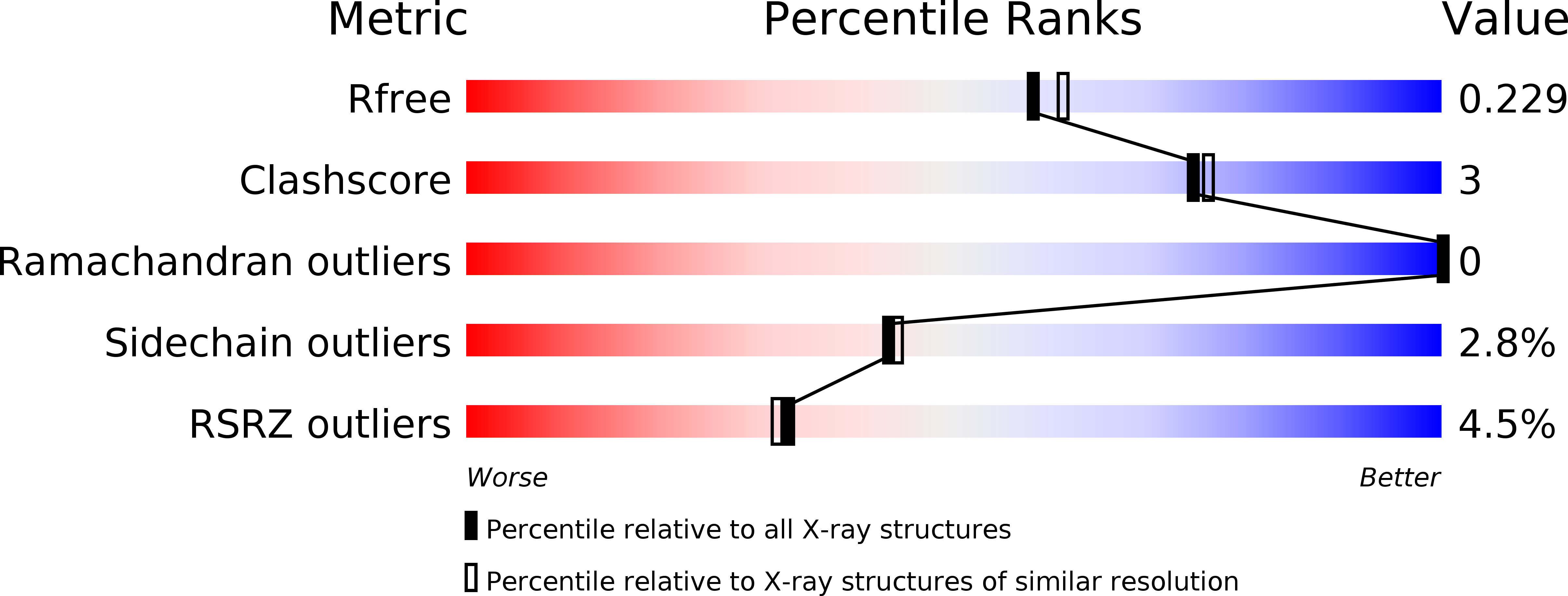
Deposition Date
2017-12-05
Release Date
2018-12-19
Last Version Date
2024-01-17
Entry Detail
PDB ID:
6F6B
Keywords:
Title:
R2-like ligand-binding oxidase A171F mutant with anaerobically reconstituted Mn/Fe cofactor
Biological Source:
Source Organism:
Geobacillus kaustophilus (strain HTA426) (Taxon ID: 235909)
Host Organism:
Method Details:
Experimental Method:
Resolution:
2.01 Å
R-Value Free:
0.22
R-Value Work:
0.18
R-Value Observed:
0.18
Space Group:
I 2 2 2


